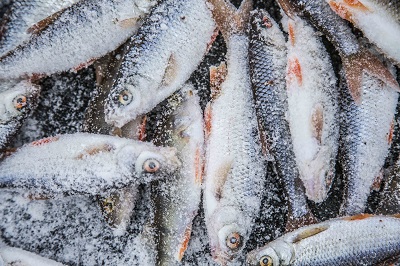The aim of the fisheries agreements is cooperation on the sustainable exploitation of fisheries resources and the fight against illegal fishing

Under the United Nations Convention on the Law of the Sea (UNCLOS), adopted in 1982, states have the right to control fishing in the waters adjacent to their coasts. Under the convention, countries are required to conclude reciprocal fisheries agreements for fishing in each other’s waters [1].
The European Union (EU) has concluded more than 20 fisheries agreements with both individual countries and regional fishing organisations. The aim of the fisheries agreements is to strengthen the cooperation on the sustainable exploitation of fisheries resources and the fight against illegal fishing [2]. The agreements lay down the conditions under which the vessels may operate in the waters of the states party to the convention, including for fishing or exploration.
As an EU member state, Estonia is a party to all fisheries agreements concluded by the EU. For Estonia, the most important are the agreements concluded with Greenland, Norway, and the Faroe Islands. The agreements provide for agreeing on the joint management of fish stocks, fishing quotas, and the Nordic agreements also include quota exchanges and reciprocal access to waters [3].
After regaining its independence, Estonia concluded several fisheries agreements, such as agreements with the USA (in 1992), Canada (in 1992), the Russian Federation (two agreements from 1994), the European Community (in 1996), and Latvia (in 1997). However, after Estonia’s accession to the European Union, they became invalid, except for the agreement with Latvia and the agreement with the Russian Federation for the management of fish stocks in Lake Peipsi, Lake Lämmijärv, and Lake Pihkva. These agreements are the basis for deciding how to manage shared fish stocks and protect transboundary ecosystems. The protocols to the agreements are regularly reviewed and on the basis of them, the catches allowed for Estonian vessels are changed. In addition to the above, Estonia has also acceded to the Svalbard (Spitsbergen) Treaty (1930). The agreement, which is still in force, provides the parties with a regime for the use of Svalbard, inter alia for fishing.
Last modified: 23.02.2021
_______________
[1] http://www.europarl.europa.eu/ftu/pdf/et/FTU_3.3.6.pdf
[2] http://www.europarl.europa.eu/factsheets/et/sheet/119/rahvusvahelised-kalandussuhted
[3] https://www.consilium.europa.eu/et/policies/eu-fish-stocks/international-agreements-on-fisheries/